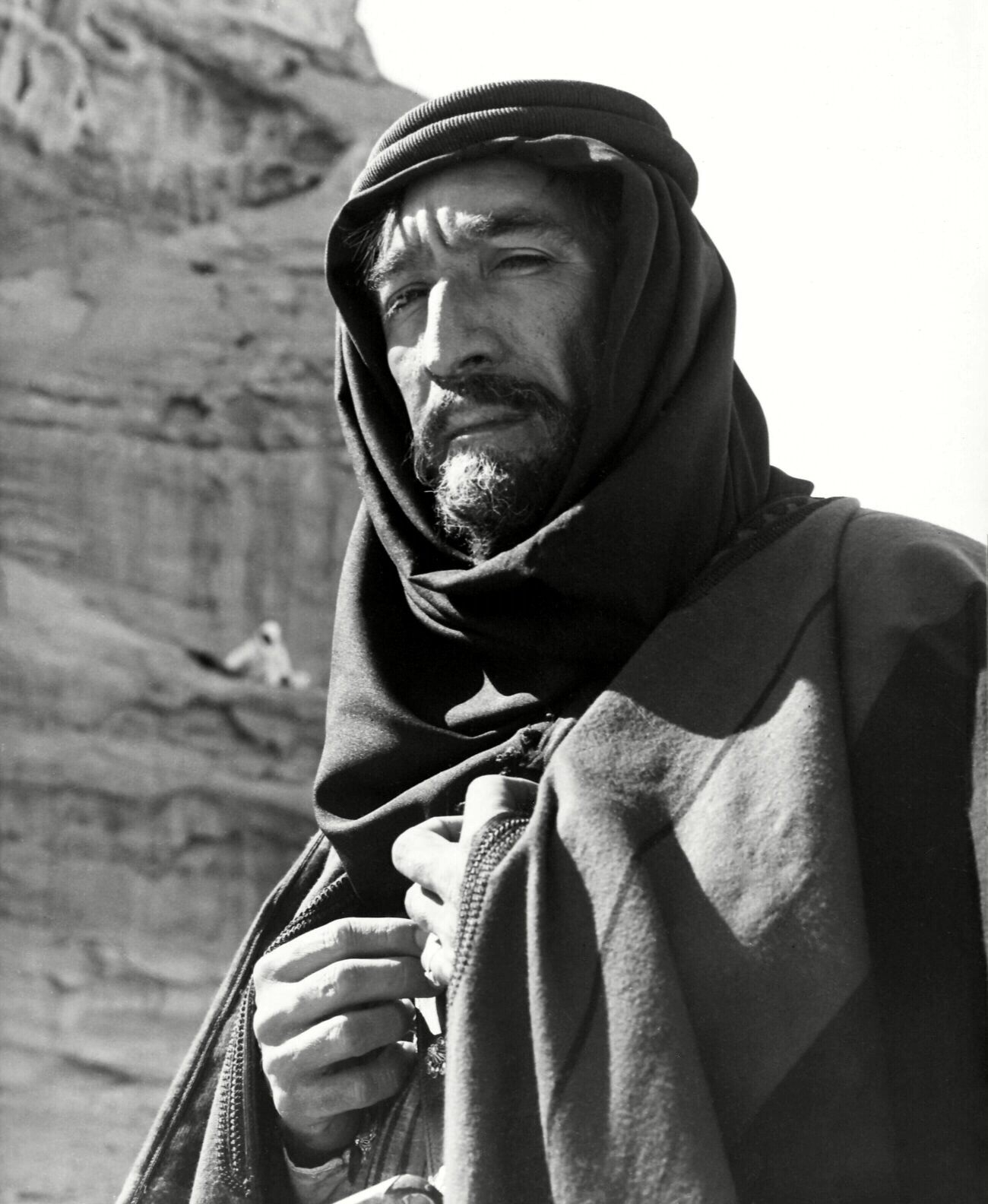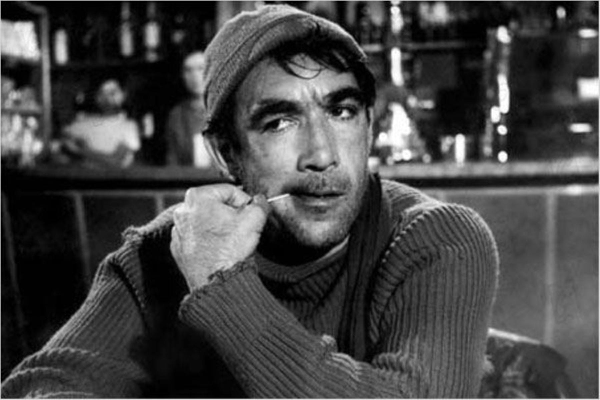American actor Anthony Quinn, who was born in Mexico, received the Academy Award for Best Supporting Actor twice for the films “Viva Zapata!” and “Lust for Life.”
He was a well-known character actor throughout the 1950s and 1960s, and he starred in several critically loved and financially successful movies, often co-starring with other well-known performers from the Hollywood Golden Age.

Anthony Quinn’s Date of Birth and Parents
On April 21, 1915, during the Mexican Revolution, Antonio Rodolfo Quinn Oaxaca was born in Chihuahua, Mexico, to Manuela and Francisco Quinn. When Antonio was a newborn, the family migrated to the United States.
His parents made a livelihood by working as laborers. When Quinn was just nine years old, his father passed away in an accident, adding more suffering to the family’s difficult spot. Young and forced to work, he started doing odd jobs to support his mother.
Anthony Quinn’s Education
He went to a lot of schools, including Polytechnic High School, Belmont High School, Hammel Street Elementary School, and Belvedere Junior High School.
But he dropped out of school before receiving his degree. He also had a brief professional boxing career while still in his adolescent years.
For a period, he pursued his acting dreams while studying art and architecture under Frank Lloyd Wright. He was inspired by Wright to pursue his goals.

Anthony Quinn’s Career
In 1936, he made his stage entrance in Mae West’s play “Clean Beds,” which served as the motivation for his acting career. The next year, he made his cinematic debut, making appearances in movies including “Parole” and “The Milky Way.”
He was a good candidate to represent ethnic villains in the films “Road to Morocco” and “Dangerous to Know” because of his Mexican heritage (1942).
His career started to take off in the 1950s after a string of B-movies in the 1940s. He played Eufemio Zapata in the fictional biography “Viva Zapata!” (1952), which was based on the life of Mexican Revolutionary Emiliano Zapata. His career was forever changed by this performance.
He had many Italian movie appearances in the 1950s, notably “La Strada” (1954), in which he featured an intelligent and dangerous character.
In Vincente Minnelli’s “Lust for Life,” which was released in 1956, he played the painter Paul Gauguin, which was another one of his landmark performances (1956).
He was already middle-aged before he let his advancing years show and developed throughout the 1960s into a significant character actor.
With his graying, thinning hair and rough features, he played the gruff peasant Alexis Zorba in “Zorba the Greek” in 1964 and an aged boxer in “Requiem for a Heavyweight” in 1962.
His career slowed down a little in the 1970s after a run of victories in the 1960s. He kept on acting, but not as often as previously.
The Greek Tycoon (1978), The Children of Sanchez (1978), Revenge (1990), Jungle Fever (1991), Last Action Hero (1993), and “A Walk in the Clouds” are a few of the well-known films from his later years (1995).
He was a very creative individual who splashed in painting and sketching. His work was shown globally, in New York, Los Angeles, Paris, and Mexico City, despite the fact that he had no formal training in painting.
Two autobiographies were also written by him, titled “The Original Sin” (1972) and “One Man Tango” (1997),
One of Quinn’s well-liked parts was that of Eufemio Zapata, Emiliano Zapata’s brother, in the historical movie “Viva Zapata!” Quinn won the Oscar for best supporting actor in the highly praised movie that was nominated for multiple academy awards.
Quinn played competition and close friend Paul Gauguin in the movie “Lust for Life,” which was based on the life of Dutch painter Vincent van Gogh. His second Academy Award was given to him for this performance.


